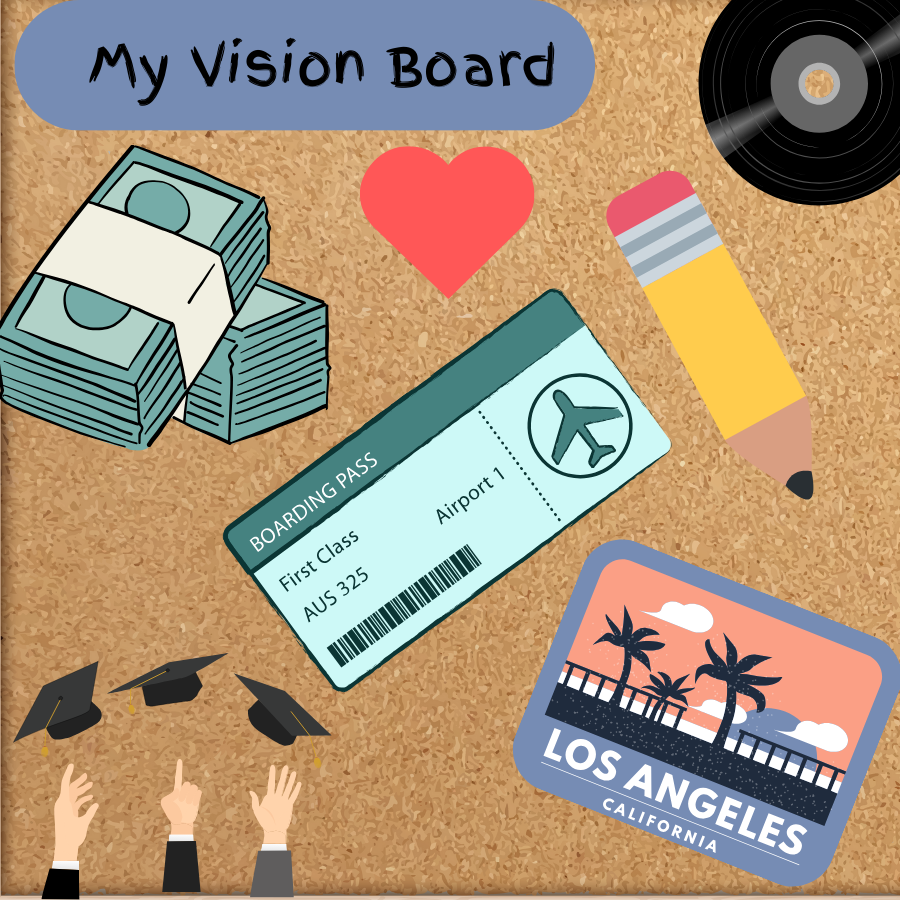Although the thought of learning a foreign language was weird for 8-year-old me to understand, through hiccoughs, coughs, and enough thorough learning, I managed to plough through the language barrier and learn English in two years.
Not only does this first sentence explain my experience with learning English, while being grammatically correct, but it also has the letters “ough” in nine words. In those nine words, eight different sounds are made.
Difficulties like this make learning English brutal.
Imagine learning English and coming across that sentence. Phonetically, there’s no way to figure out how to pronounce each word, and not only are there the eight different sounds “ough” can make, but also the words ‘weird’ and ‘foreign’ break the commonly taught “I before E” rule.
Since I was only eight when I moved here from Brazil, I managed to pick up the basics of English very quickly; however, something that I have always struggled with is spelling.
When it comes to double letters, verb conjugations, and words with weird spellings, many non-native speakers struggle a lot. Even people considered fluent speakers sometimes struggle with knowing how to spell certain words.
However, most native speakers don’t realize how hard English is to learn.
“Some languages transfer much faster than others because of the similarities (cognates) that occur across languages,” Cherry Creek District English Language Supports (ELS) Program Lead Tricia Macrae said.
Languages such as Spanish, Dutch, German, and others transfer faster due to these cognates. Since the majority of immigrants to the U.S. are Hispanic, Americans gain the sense that learning English is easier than it actually is.
A big problem people face while learning English if they don’t speak a language that transfers easily is the expectation of learning it as quickly as someone who speaks a more similar language. In reality, they are facing completely different problems than expected by Americans.
There are too many difficulties in English to single one out and name it as the biggest problem for English learners, which is a huge reason why some people struggle to learn English. As a new English learner, it can be incredibly overwhelming to learn and memorize all the different parts of the language.
What could make it less of a burden is changing how English is taught. Co-teaching is the current way they teach English in the whole of Cherry Creek School District. Co-teaching implies that there are two teachers in a class of non-English speakers, one who helps the students and the other who primarily teaches the subject. Although this has proven to be a great way to learn and teach a language, it isn’t the best.
“If you are lucky enough to be immersed in the country/culture where the language is spoken/written, etc, that is the very best way [to learn English],” english teacher Amy Ast said.
In the co-taught system, the way students learn is unnatural, because they have extra support at all times and are learning the same thing as native speakers. The extra support isn’t a bad idea, as students might be entirely new to the language, but from my perspective, if they’re learning the same thing native speakers are learning, it won’t help them as much in the real world.
For someone learning the language, things that are taught in a standard Language Arts class aren’t what they need. Instead, they should learn to conversational English because this is the skill they’ll use the most throughout their English-speaking life.
However, separating the students from classes with native speakers might also harm them as they won’t be as immersed in the language. This causes a very tricky situation where you have to prioritize teaching important topics with little practice, or prioritizing the use of the language while sacrificing teaching things students would use the most.
Don’t get me wrong, the way CCSD teaches English is excellent, but from my experience, it didn’t work very well. What did work, however, was having conversations and learning from others, which is very hard to implement successfully in one class. Still, the teaching system should at least involve some more conversational skills.
If I managed to be fluent in a brand new language only by talking to people, implementing conversational skills to help English learners would allow them to thrive in the language, not suffer because of a lack of practice.









